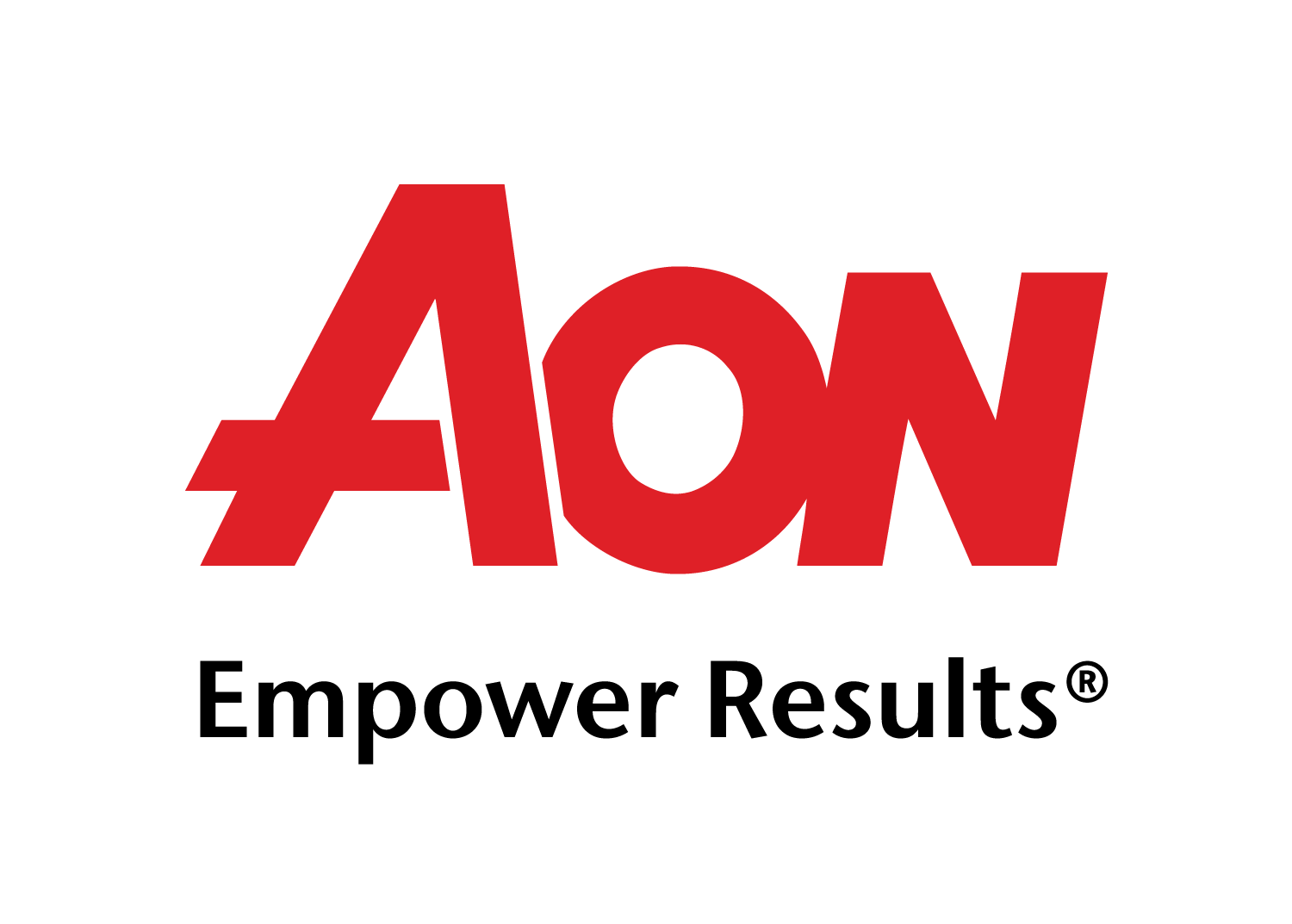
Thousands of years ago, the Silk Road carried goods and spices from trading cities in China and central Asia through to cities like Baghdad and Venice. It was one of the world’s earliest examples of transcontinental infrastructure.
Right now the world’s infrastructure is getting ready for a 21st century upgrade. China’s “One Belt, One Road” policy initiative is looking to echo the past glories of the Silk Road, connecting Asia to Europe by land and sea. The project is piecemeal, and there’s little idea of its total cost, but some estimate it to be at least $1 trillion.
Meanwhile, on the other side of the world, U.S. President Donald Trump has pledged his own $1 trillion infrastructure plan, designed to renovate the country’s crumbling infrastructure, stimulate the economy and grow jobs. It’s expected that, despite the current political climate, a proposed infrastructure bill could garner warm bipartisan support. That could be good news – any functioning economy relies on the strength of its infrastructure. But what do businesses need to know if infrastructure spending is to intensify over the next few years?
